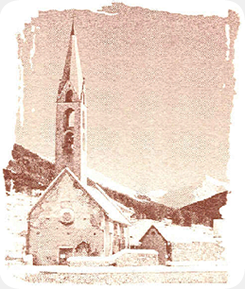Speaker
Description
The respective contributions of cold-matter and hot-medium effects to the suppression of $\Upsilon(nS)$ mesons in p-Pb collisions at energies reached at the Large Hadron Collider (LHC) are investigated [1]. Whereas known alterations of the parton density functions in the lead nucleus and coherent parton energy loss [2] account for the leading fraction of the modifications in cold nuclear matter (CNM), the hot-medium (quark-gluon plasma, QGP) effects turn out to be relevant in spite of the small initial spatial extent of the fireball.
We compare our transverse-momentum-, rapidity-, and centrality-dependent theoretical results for the $\Upsilon(1S)$ suppression in p-Pb collisions at a center-of-mass energy $\sqrt{s_{NN}}=8.16$ TeV with recent LHCb [3] and preliminary ALICE [4] data from the Large Hadron Collider (LHC). Both cold-matter and hot-medium effects are needed to account for the data. The initial central temperature of the fireball is found to be $T_0\simeq460$ MeV, but depends on the bottomonium formation time.
[1] V. H. Dinh, J. Hoelck and G. Wolschin, arXiv:1903.12594 (2019);
Phys. Rev. C 100, 024906 (2019).
[2] J. L. Albacete et al., Nucl. Phys. A 972, 18 (2018).
[3] R. Aaij et al., LHCb Collaboration, JHEP 2018, 194 (2018).
[4] D. Adamov{\'a} et al., ALICE Collaboration, ALICE-PUBLIC-2018-008.
| Topic | Heavy Ion Physics |
|---|

